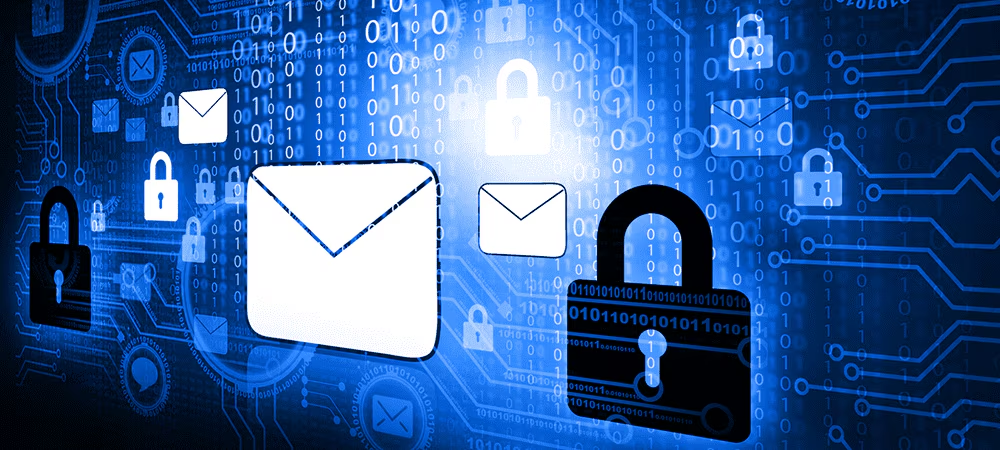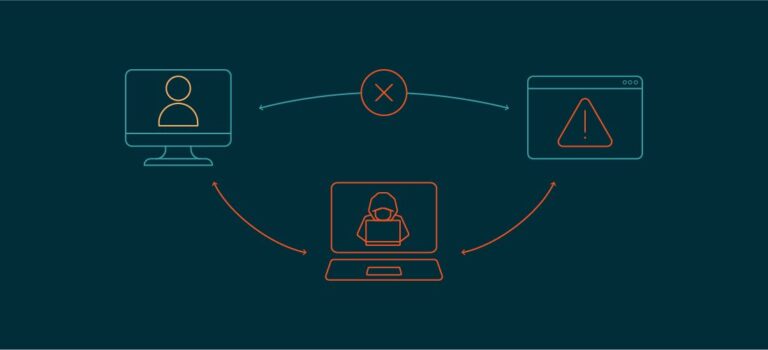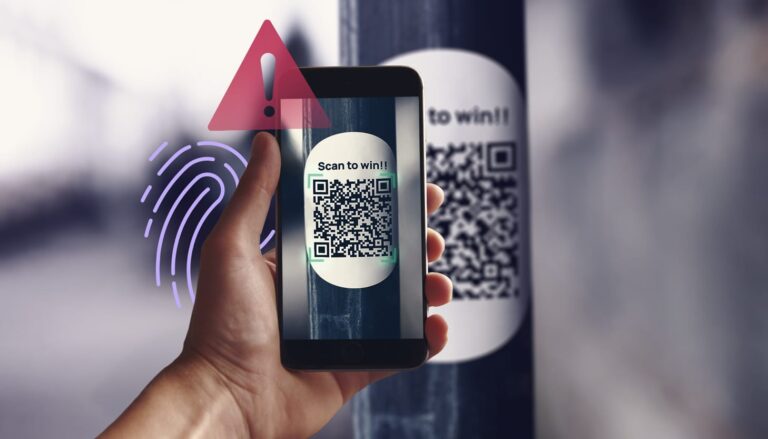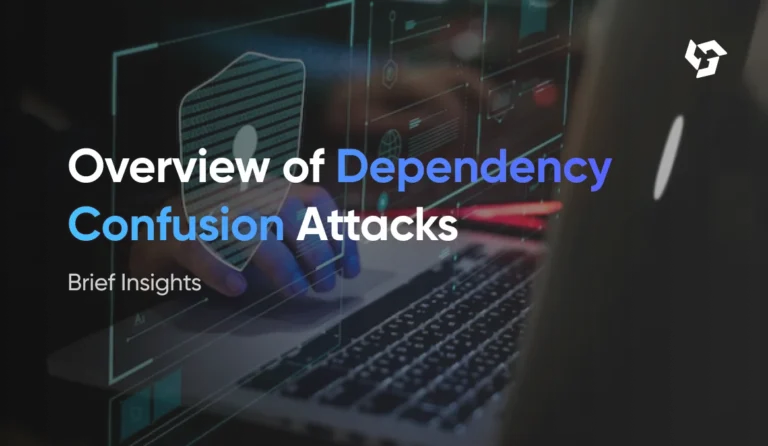Unencrypted Communication: A Silent Threat in the Digital Age
Introduction
In today’s interconnected digital world, communication over the internet has become an essential part of our daily lives. From emails to instant messaging, from online banking to e-commerce transactions, a massive amount of data flows across networks every second. But have you ever wondered how secure this data is during transmission? The answer lies in encryption—a fundamental mechanism designed to protect information from unauthorized access. When encryption is insufficient or entirely absent, it opens the door to a range of cyber threats, most notably the Monster-in-the-Middle (MitM) attacks.
This blog delves deep into the world of unencrypted communication, exploring its vulnerabilities, the dangers it presents, real-world examples, and, most importantly, how to protect against such threats. By the end of this comprehensive guide, you’ll understand why encrypting communication is not just a best practice but an absolute necessity in safeguarding your digital life.
Chapter 1: Understanding Encryption in Communication
1.1 What is Encryption?
Encryption is the process of converting information into a coded format that only authorized parties can access. It involves the use of algorithms and keys to transform plaintext into ciphertext and vice versa.
1.2 Types of Encryption
- Symmetric Encryption: Uses a single key for both encryption and decryption. Examples include AES and DES.
- Asymmetric Encryption: Uses a pair of keys—a public key and a private key. RSA is a popular example.
- End-to-End Encryption (E2EE): Ensures that data is encrypted on the sender’s device and only decrypted on the receiver’s device.
1.3 Importance of Encryption
Encryption ensures:
- Confidentiality
- Integrity
- Authentication
- Non-repudiation
Without encryption, sensitive data is left exposed to eavesdroppers and attackers.
Chapter 2: The Dangers of Unencrypted Communication
2.1 What is Unencrypted Communication?
Unencrypted communication refers to data that is transmitted in plaintext, meaning it can be read by anyone who intercepts it. This is common in:
- HTTP (vs. HTTPS)
- Unsecured Wi-Fi networks
- Legacy systems without modern encryption protocols
2.2 Monster-in-the-Middle Attacks
Also known as Man-in-the-Middle (MitM) attacks, these occur when an attacker intercepts communication between two parties. The attacker can:
- Eavesdrop on conversations
- Steal sensitive data (passwords, credit card numbers)
- Inject malicious code
- Impersonate one of the parties
2.3 Case Studies
- Firesheep Attack: A Firefox extension that allowed users to hijack unencrypted sessions over public Wi-Fi.
- Superfish Scandal (Lenovo): A pre-installed software that used a self-signed root certificate to intercept HTTPS traffic.
Chapter 3: Common Scenarios Where Unencrypted Communication Occurs
3.1 Public Wi-Fi Networks
These networks are often unencrypted, making it easy for attackers to perform MitM attacks using tools like Wireshark or Ettercap.
3.2 Outdated Websites
Websites using HTTP instead of HTTPS are vulnerable. Search engines now flag these as “Not Secure.”
3.3 Email Services
Emails sent without SSL/TLS can be intercepted and read in transit.
3.4 Internet of Things (IoT) Devices
Many IoT devices do not use secure communication protocols, making them easy targets.
Chapter 4: Consequences of Insufficient Encryption
4.1 Data Breaches
Attackers can access sensitive data, leading to identity theft, financial loss, and reputational damage.
4.2 Legal and Compliance Issues
Failure to encrypt data can result in non-compliance with regulations like GDPR, HIPAA, and PCI-DSS.
4.3 Business Impact
- Loss of customer trust
- Legal penalties
- Downtime and recovery costs
Chapter 5: Detecting and Preventing Unencrypted Communication
5.1 Network Monitoring Tools
Use tools like:
- Wireshark
- tcpdump
- Zeek
5.2 Implementing HTTPS
Use SSL/TLS certificates to encrypt web traffic. Consider using services like Let’s Encrypt for free certificates.
5.3 Secure Email Protocols
- Use TLS-enabled SMTP, IMAP, and POP3
- Consider PGP or S/MIME for end-to-end encryption
5.4 VPNs and Encrypted Tunnels
Use VPNs to encrypt all internet traffic, especially over untrusted networks.
5.5 Secure IoT Devices
- Change default passwords
- Ensure firmware is updated
- Use encrypted communication protocols like MQTT over TLS
Chapter 6: Best Practices for Encryption
6.1 Use Strong Algorithms
- AES-256
- RSA-2048 or higher
6.2 Key Management
- Rotate keys regularly
- Use hardware security modules (HSM)
6.3 Enable Two-Factor Authentication (2FA)
Adds a layer of security even if communication is compromised.
6.4 Regular Audits and Penetration Testing
Assess systems for weak or unencrypted communication channels.
Chapter 7: Future of Secure Communication
7.1 Quantum Cryptography
Promising unbreakable encryption using principles of quantum mechanics.
7.2 Zero Trust Architecture
Treats every connection as untrusted by default, enhancing encryption at every layer.
7.3 AI and Encryption
AI can be used to detect patterns of unencrypted communication and automate responses.
Conclusion
Unencrypted communication is a silent yet deadly vulnerability that can compromise the integrity and confidentiality of digital data. In an era where cyber threats are constantly evolving, robust encryption is no longer optional—it is essential. By understanding the mechanisms of encryption, recognizing scenarios of vulnerability, and implementing best practices, individuals and organizations can safeguard their communication and maintain trust in the digital ecosystem.
Remember: If it’s not encrypted, it’s not secure.
Stay tuned for the extended version of this blog with code samples, configuration guides, and real-world tools to help you implement secure communication protocols.






